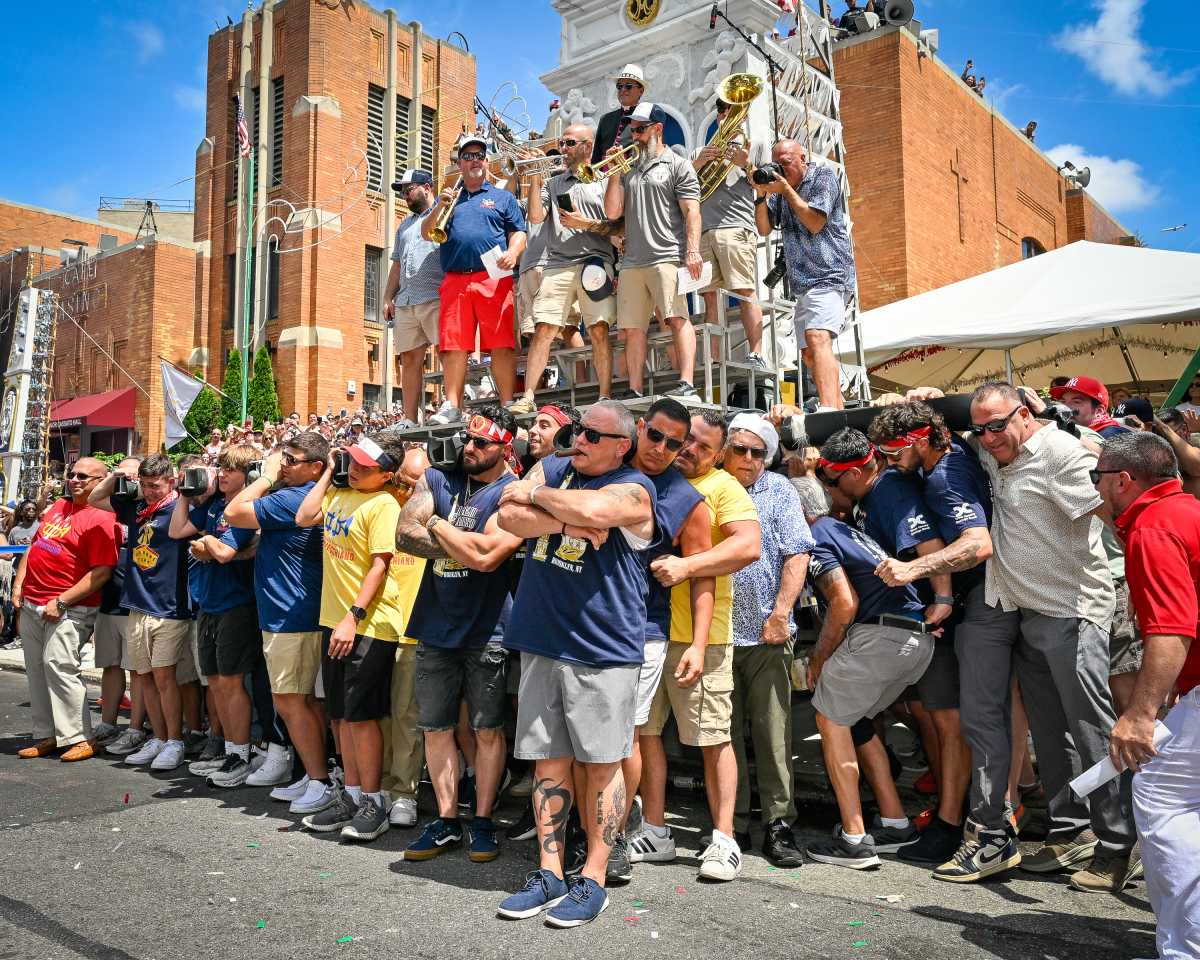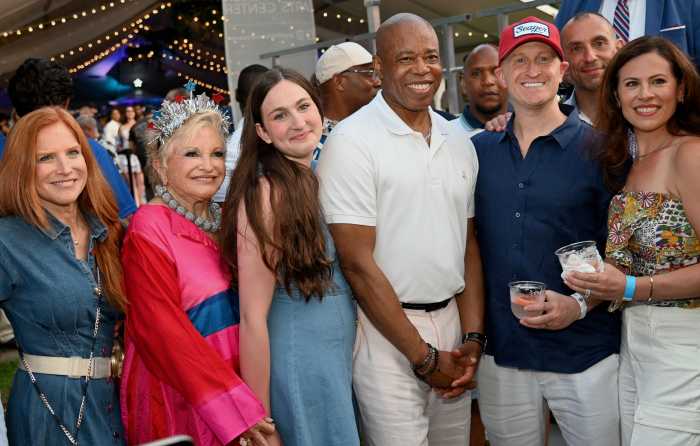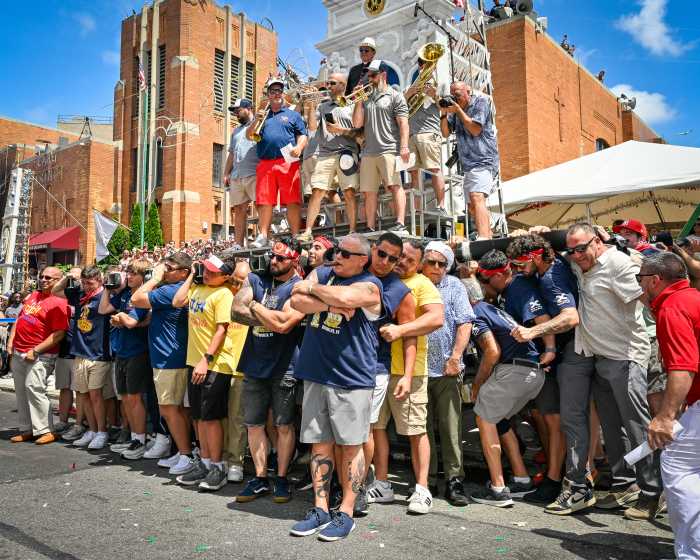By Steven Snyder
The Internet has become our modern-day heroin. At least, this is how artist and curator Ramirex, known in the art community by a single name, describes the impetus for his latest show at Tompkins Square Gallery. He insists that the Internet does many of the same things for artists today that drugs did back in the 1960s — it gives them a new sense of perspective, and nourishes a different state of mind.
“Technology is the new drug,” Ramirex said during a recent interview. “Our state of mind is being changed and altered as we spend eight hours a day on computers, as we turn to Google for everything.”
Ramirex fought to find a space for a new show of local artists with local visions — not an easy task in a neighborhood that has lost many of its galleries. He turned to the Tompkins Square Gallery and focused his efforts on developing a show that would be appropriate for the venue. He said he wanted a concept that would show how the area has evolved, both for artists and residents.
That’s when he remembered William S. Burroughs.
In 1953, Burroughs’ “Junky,” about the author’s experiences with heroin, was first published under a pen name. And in the ‘70s, “Junky” emerged as a major influence over a number of New York artists, including Jean Michel Basquiat, who considered “Junky” his favorite book as he experienced the underground arts culture of the Lower East Side and lived, for a brief time, in a box at Tompkins Square Park.
Ramirex said the book, and Basquiat’s experiences, are emblematic of the artist’s desire to see the world in a new light, from a new perspective. And with this as his inspiration, Ramirex said he wanted to develop a show that would consider the forces influencing artists today. If “Junky” shaped and molded Basquiat’s perception some 30 years ago, he wondered, what is now energizing and provoking artists living around the same park, a generation later?
Fourteen artists are expected to participate in the exhibit, which challenged them to express what they consider to be their modern perspective. Ramirex said each artist brought a unique twist to the exhibit, both through the subjects they chose and also the ways in which they translated their visions into a final form.
He pointed to Charlie Balletto, who integrated common street signs into a sculpture to create an unlikely fusion of the beautiful and the mundane. He also noted Ben Cell, who uses spray paint in mixed media works, and Sandra de la Cruz, who uses reflections as a way of evoking internal, emotional states.
Michael Norkin went even further in reacting against the concept of all things digital, creating works with a distinctly organic feel that also incorporate organic material.
Ramirex said the idea of highlighting a wide range of local artists only seemed natural.
“The park is the center of the whole neighborhood,” he said. “It’s the belly button of the area and this whole idea started with the park, so it’s important to involve the community.”
Ramirex said he sees an irony to the show, as the importance of the Internet goes beyond the artists to the very exhibit itself. As the East Village and the Lower East Side have seen gallery after gallery close, Ramirex said he has been forced to fight for gallery space and rely almost entirely on the Internet and exhibit web sites to spread the word. He estimated that 90 percent of a show’s success in today’s rushed, distracted world lies in marketing, and the Internet has made it easier than ever before to connect an artist with an art appreciator.
During a recent, hour-long interview, the importance of this marketing became immediately clear. Sitting at a table, next to a pile of oversized post cards designed for the exhibit — each featuring a striking photo of a body passed out on the floor, clutching Burroughs; book and surrounded by prescription medicine vials, bottle caps, beads and cash — several passersby stopped and stared at Ramirex’s giveaways, mesmerized.
One stood over the table for minutes, checking out the post card and
eavesdropping on our conversation.
“Can I keep this?” he asked eventually.
“Sure thing,” Ramirex answered. “Check out the web site.”
After the man left the coffee shop, Ramirex pointed back in his direction. “It’s very hard to find a space for a show right now, but we can still fight this real estate society,” he said. “And even though we may have lost some spaces, we have a new space — a virtual space.
“That guy will go online and see some of these paintings, and then hopefully
the Internet will help him get to our show.”
Given the show’s focus on the ways in which technology has altered how artists see and react to the world around them, it seems only appropriate that it should also be changing the way an art curator thinks exhibits, crowds and exposure.
And while Ramirex was enthused about the artists he had assembled, the space he had discovered and the works he had already seen, he seemed downright giddy about something far more appropriate to his show’s theme.
“We’re the first thing on Google if you search for ‘Tompkins Square Show!’ ”
he boasted. “We’re at the top — I love Google, man!”







































